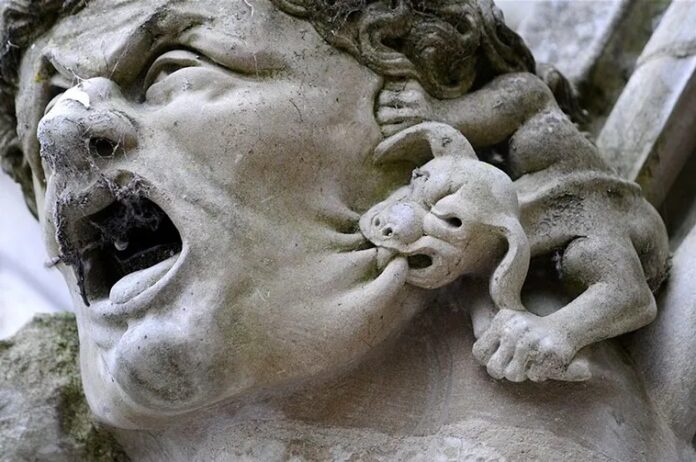Gargoyles have long captivated the imagination of builders, artists, and onlookers alike. These enigmatic figures, perched atop churches and cathedrals, are far more than just scary sculptures – they represent a rich history and a practical function that has endured for centuries. In this comprehensive article, we will delve into the fascinating world of gargoyles, exploring their origins, their evolution, and their enduring significance in the realm of Gothic architecture.
The Art and Function of Gargoyles
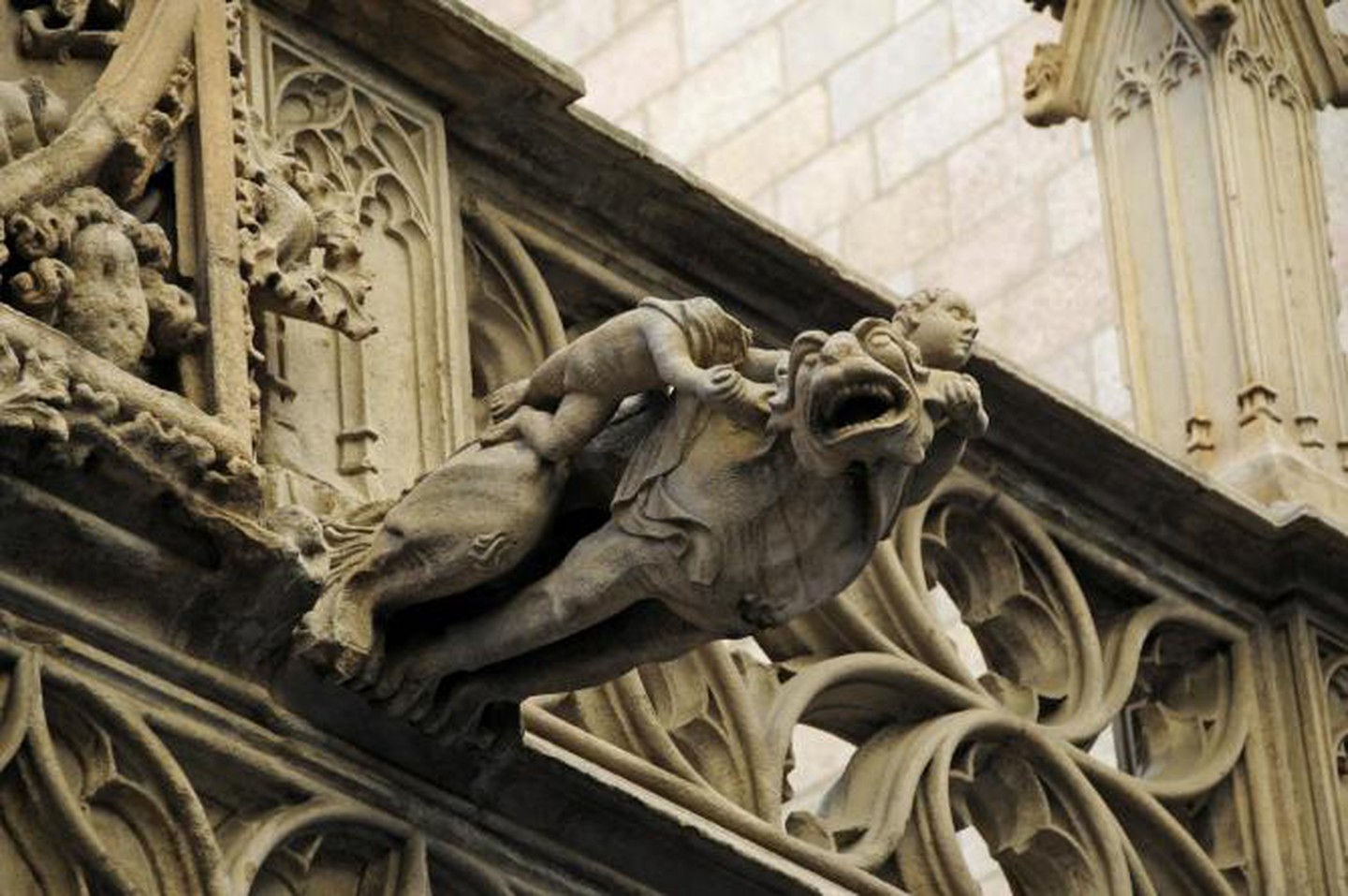
Gargoyles are not merely decorative elements; they serve a vital purpose in the structural integrity of the buildings they adorn. These carved, grotesque figures are designed with an open mouth, allowing rainwater to flow away from the building’s walls and foundations. This practical function helps protect the stone and prevent erosion, ensuring the longevity of the structures they grace.
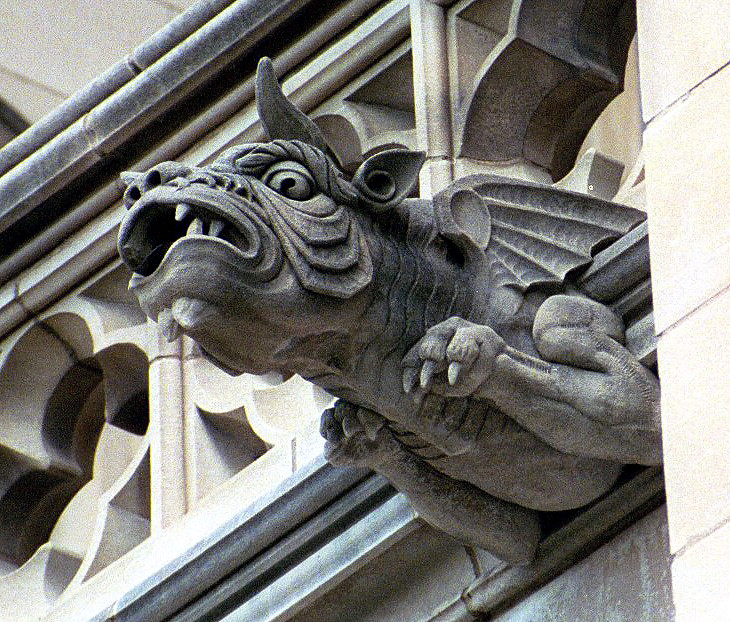
Unlike their counterparts, the grotesques, gargoyles are distinguished by their ability to channel water. While grotesques are decorative architectural creatures that may or may not have drainage capabilities, gargoyles are always equipped with this essential function. As such, all gargoyles are grotesques, but not all grotesques are gargoyles.
The Etymology and Origins of Gargoyles
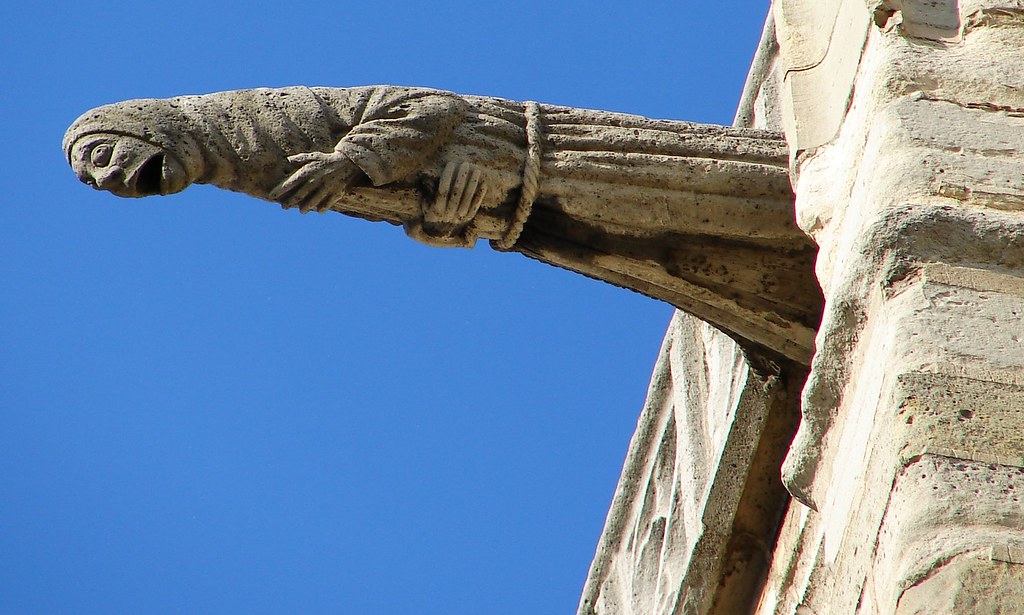
The word “gargoyle” is derived from the French word “gargouille,” which translates to “throat” or “gullet.” This linguistic connection stems from an ancient legend surrounding a fearsome dragon known as La Gargouille, which terrorized the town of Rouen, France. According to the tale, a Christian priest named Romanus was able to tame the dragon and have its head displayed as a warning to the townspeople, inspiring the carving of similar creatures on buildings.

The use of gargoyles in architecture can be traced back to the ancient Egyptians, Romans, and Greeks, who incorporated these water-spewing figures into their architectural designs. However, it was during the Gothic architectural period in Europe, particularly in the 13th century, that gargoyles truly became a hallmark of church and cathedral construction.
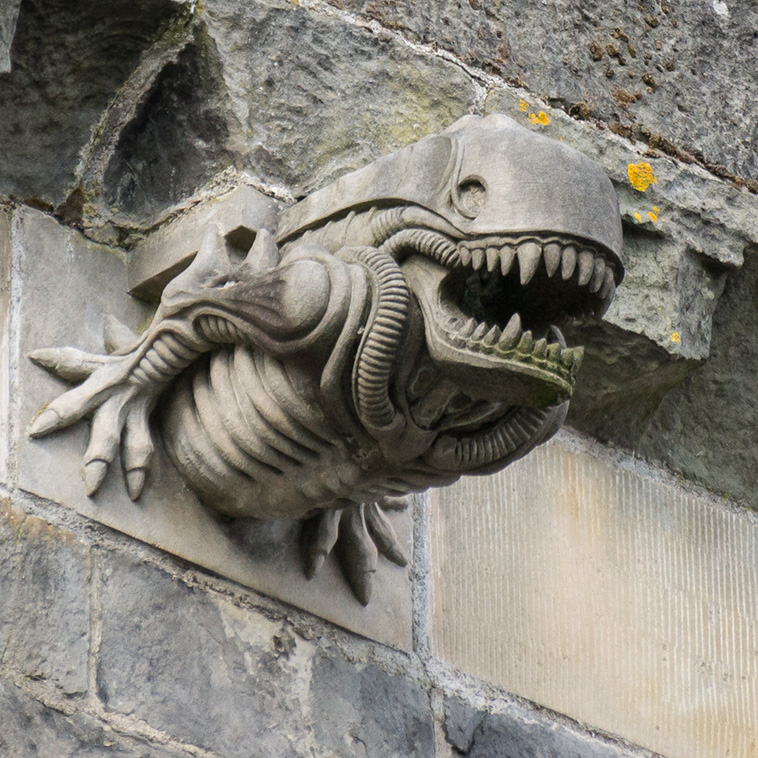
The Diversity of Gargoyle Designs
Gargoyles come in a vast array of designs, each unique and captivating in its own way. From the classic winged, monstrous creatures to more whimsical and humorous figures, the diversity of gargoyle designs reflects the creativity and imagination of the artisans who crafted them.

One particularly notable example is the set of 12 gargoyles found at Paisley Abbey in Scotland. Installed in 1991 to replace the original, deteriorating carvings, these gargoyles include the classic “see no evil, hear no evil, speak no evil” trio, as well as a truly unique “alien” gargoyle that has captured the imagination of visitors.
The Enduring Legacy of Gargoyles
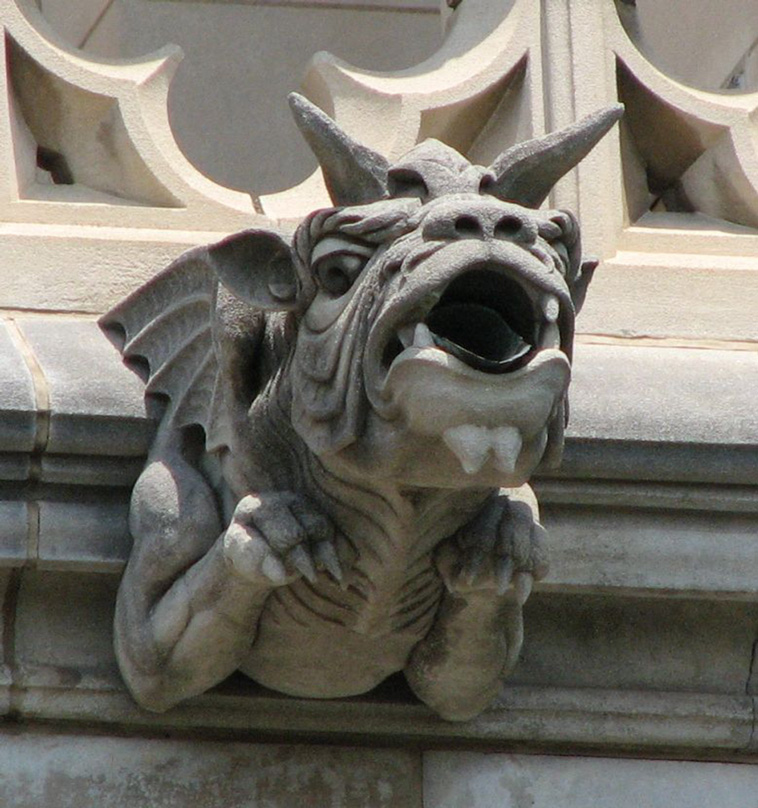
Despite the passage of time and the changing architectural styles, gargoyles have maintained their allure and significance. They continue to be a beloved feature of Gothic cathedrals and churches, drawing in visitors from around the world who are captivated by their otherworldly charm.
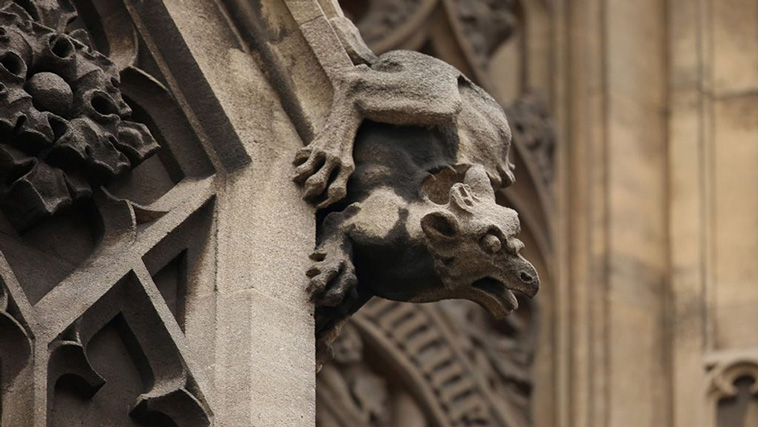
Beyond their practical function, gargoyles have also become a symbol of the enduring spirit of Gothic architecture. They represent a connection to the past, a testament to the skill and artistry of the craftsmen who created them, and a reminder of the enduring human desire to imbue our structures with a touch of the fantastical and the awe-inspiring.
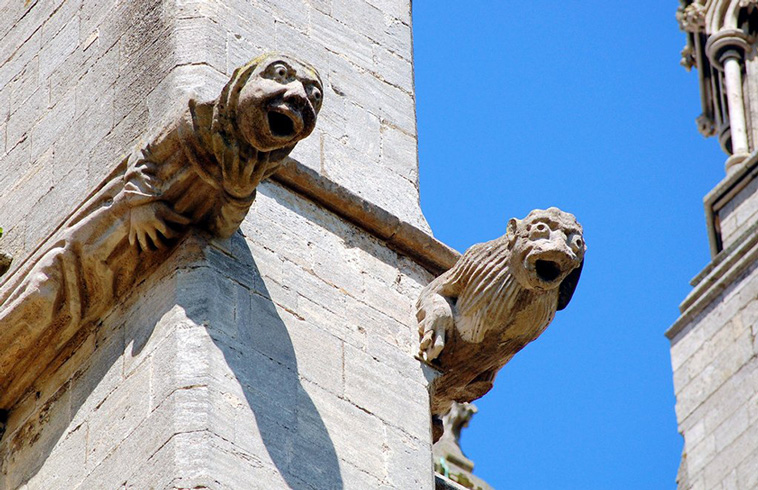
Conclusion
Gargoyles are far more than just scary sculptures adorning the rooftops of buildings. They are a testament to the ingenuity, creativity, and enduring legacy of Gothic architecture. From their practical function as water-spouts to their symbolic significance as guardians and protectors, gargoyles have captured the imagination of people for centuries, and will continue to do so for generations to come. As we explore the rich history and diverse designs of these enigmatic figures, we can appreciate the enduring appeal of gargoyles and the lasting impact they have had on the architectural landscape.
